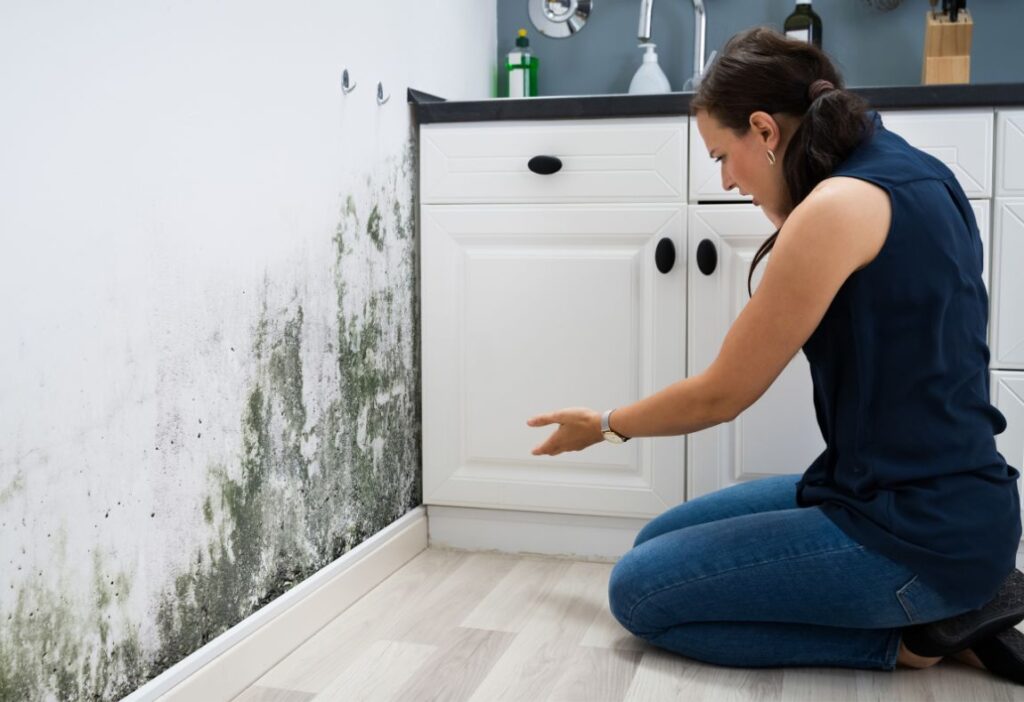10 Signs of Mold Toxicity in Your Home You Shouldn’t Ignore
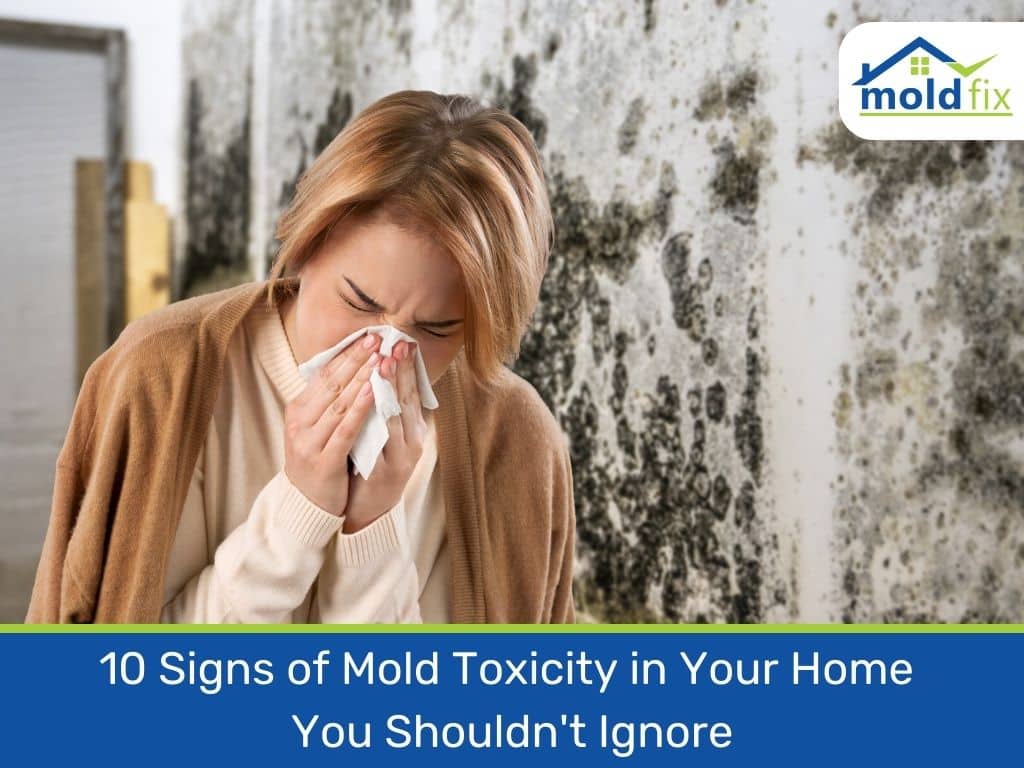
When most people think of indoor air pollution, they think of dust, dirt, smoke, and other allergens. Yet, there is one type of air pollutant that often lurks in the shadows of a home, silently wreaking havoc on your health: mold.
Mold tends to grow in damp, dark places, and once it finds its way into your home, it only takes 24 to 48 hours for it to grow and spread. As it does, it releases toxic spores into the air that can cause a variety of adverse health effects.
This is why it’s so important to recognize when mold toxicity may have taken hold in your home and take steps to address it immediately. In this post, we’ll go over ten warning signs of mold toxicity that you should be on the lookout for. Let’s get started:
What is Mold Toxicity?
Before jumping into the warning signs, let’s talk about mold toxicity and why it can be so dangerous.
Simply put, mold toxicity is caused by the spores of certain fungi and molds found in damp or moist environments. When these spores become airborne and inhaled, they can cause various health problems. In extreme cases, mold toxicity can even lead to death.
The symptoms of mold toxicity can vary depending on the type and number of spores that have been inhaled. In some cases, symptoms may be mild and go unnoticed. In others, they can be quite severe.
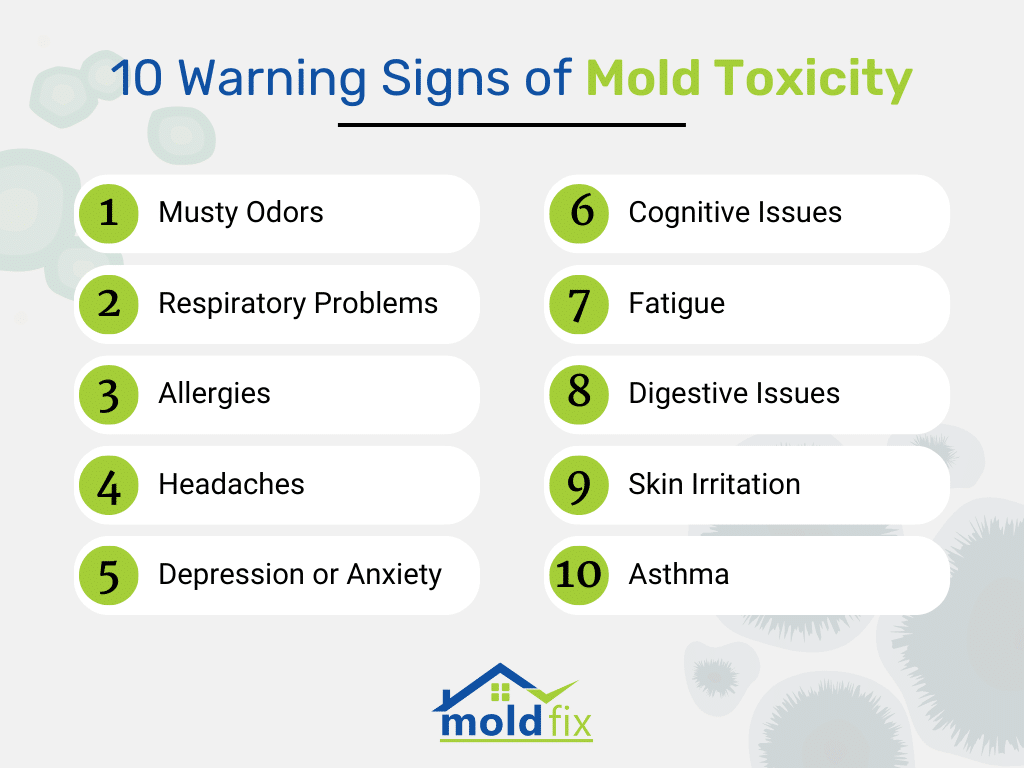
10 Warning Signs of Mold Toxicity
Now that you have a better understanding of mold toxicity, let’s look at some signs that it may be present in your home.
1. Musty Odors
A musty, damp odor is one of the most noticeable early signs of mold toxicity. Some people report this smell to be similar to wet cardboard or an old gym sock. This smell can be most noticeable when entering a room or basement that is prone to dampness, but it also may linger in other parts of the home.
If you notice this musty odor in your home, it’s important to take steps to address it immediately. The longer you wait, the more damage mold can do to your health – and the more difficult it may be to get rid of it.
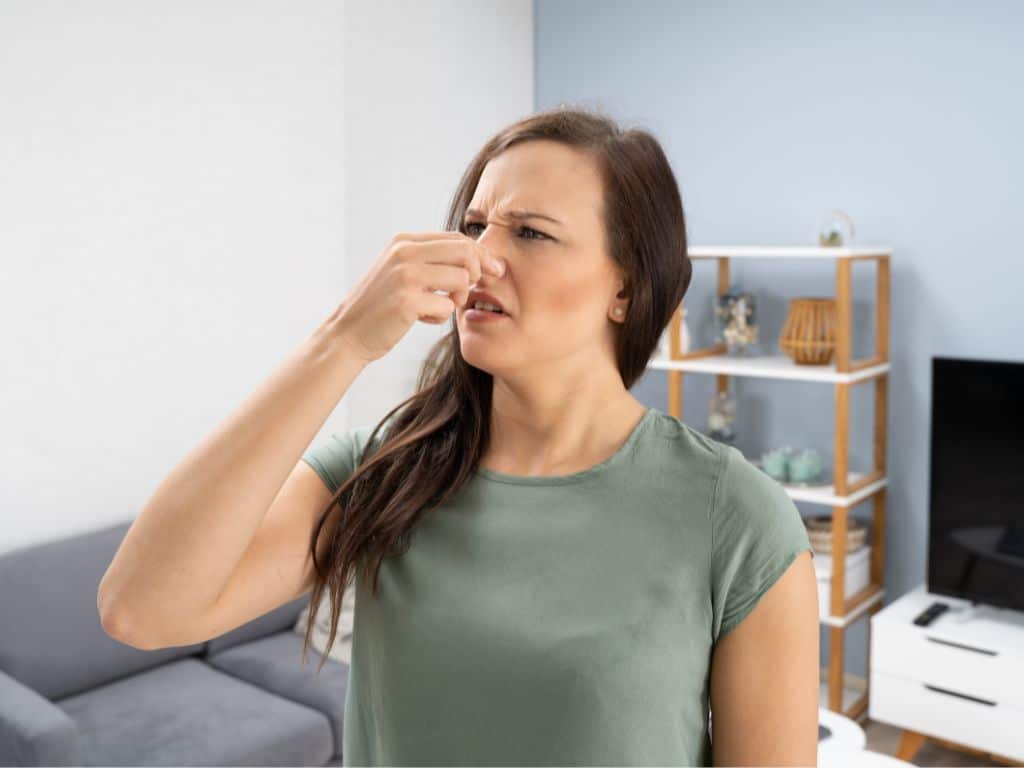
2. Respiratory Problems
One of the most common signs of mold toxicity is respiratory problems. This is because mold spores can cause inflammation in the airways, which can cause a variety of symptoms, including:
- Persistent coughing or wheezing
- Shortness of breath
- Difficulty breathing
- Chest tightness
- Sneezing and nasal congestion

If you or someone in your household is experiencing any of these symptoms regularly, it could be a sign of mold in your home. Pay close attention to whether the symptoms get worse when you’re at home and better when you’re away. This could be a strong indication that mold toxicity is the culprit.
3. Allergies
Mold spores can also cause allergic reactions in some people – especially those with existing allergies or sensitivities. Symptoms of an allergic reaction to mold may include wheezing, watery eyes, rashes, and more. These symptoms may become more severe in certain parts of the home, such as the basement or other areas that are prone to dampness.
It’s important to note that not all allergies are indicative of mold toxicity. Other air contaminants like dust and pet dander may also contribute to your allergy symptoms. However, if you suspect that mold is the culprit, it’s important to take steps to address it right away.
4. Headaches
Headaches are another common symptom of mold toxicity, typically in the form of tension headaches or migraines. These headaches may be accompanied by fatigue and dizziness. In some cases, people may also experience blurred vision or nausea.

If mold toxicity is particularly severe, the headaches may become so intense that they interfere with daily activities. So, pay close attention to any headaches you may be experiencing and take note of whether they get worse when you’re in certain areas of your home.
5. Depression or Anxiety
According to research from Psychology Today, there may be a link between mold toxicity and mental health issues such as depression and anxiety. This is because the toxins mold releases can cause inflammation in the brain and affect neurotransmitters. In turn, this can lead to mood swings and other psychological symptoms.

In some cases, people with existing mental health conditions may experience an exacerbation of their symptoms when exposed to mold. For example, people with depression may become more lethargic and withdrawn, while those with anxiety may experience panic attacks and racing thoughts. Those with no pre-existing conditions may also experience these symptoms when exposed to mold.
6. Cognitive Issues
Another sign of mold toxicity is cognitive issues, such as difficulty remembering things. Again, this can be attributed to the toxins released by mold, which can affect the brain’s ability to process and store information.
Some people may also experience cognitive issues in the form of confusion and disorientation. As a result, they may find themselves easily distracted or unable to stay focused for long periods. These symptoms will usually subside once you are away from the moldy environment or have the mold removed.
7. Fatigue
Mold toxicity can also lead to extreme fatigue and exhaustion. This is because mold spores can damage mitochondrial function – which is responsible for producing energy in the body. As a result, people with mold toxicity may feel tired and sluggish all the time, regardless of how much sleep they get.
Of course, fatigue can also be caused by other factors, such as stress or poor diet. However, if you experience fatigue that doesn’t seem to go away no matter what you do, it could be a sign that your home is contaminated with mold. A qualified mold remediation specialist can help you identify the source of the problem and get it taken care of.
8. Digestive Issues

If you’re having unexplained digestive issues, mold toxicity could be to blame. Mold spores can irritate the lining of the gastrointestinal tract, leading to symptoms such as:
- Nausea
- Vomiting
- Diarrhea
- Abdominal cramps or pain
Again, it’s important to remember that mold may not be the only cause of these symptoms. However, if you’ve ruled out other potential causes and suspect mold may be at play, it’s important to contact a mold specialist for testing and remediation.
9. Skin Irritation

Mold spores can also irritate the skin, leading to symptoms such as hives, rashes, and itching. These reactions typically occur when people are in direct contact with mold or if they inhale large amounts of mold spores.
If you’re experiencing any of these symptoms, take action and get tested for mold toxicity. This can help you determine whether or not your home is contaminated with mold and whether further remediation is necessary. If you do find that there is indeed a problem, it’s important to contact a professional right away to begin the process of mold removal.
10. Asthma
Asthma is another common health problem associated with long-term mold exposure. In fact, research has linked mold exposure to an increased risk of developing asthma by up to 40%. Not only that, but mold spores can also trigger asthmatic symptoms in those who already have the condition.
If you or someone in your household is showing new or worsening asthmatic symptoms, it could be a sign that mold is present in your home. Seeking medical attention is important to help rule out other potential causes and take steps to address the underlying issue.
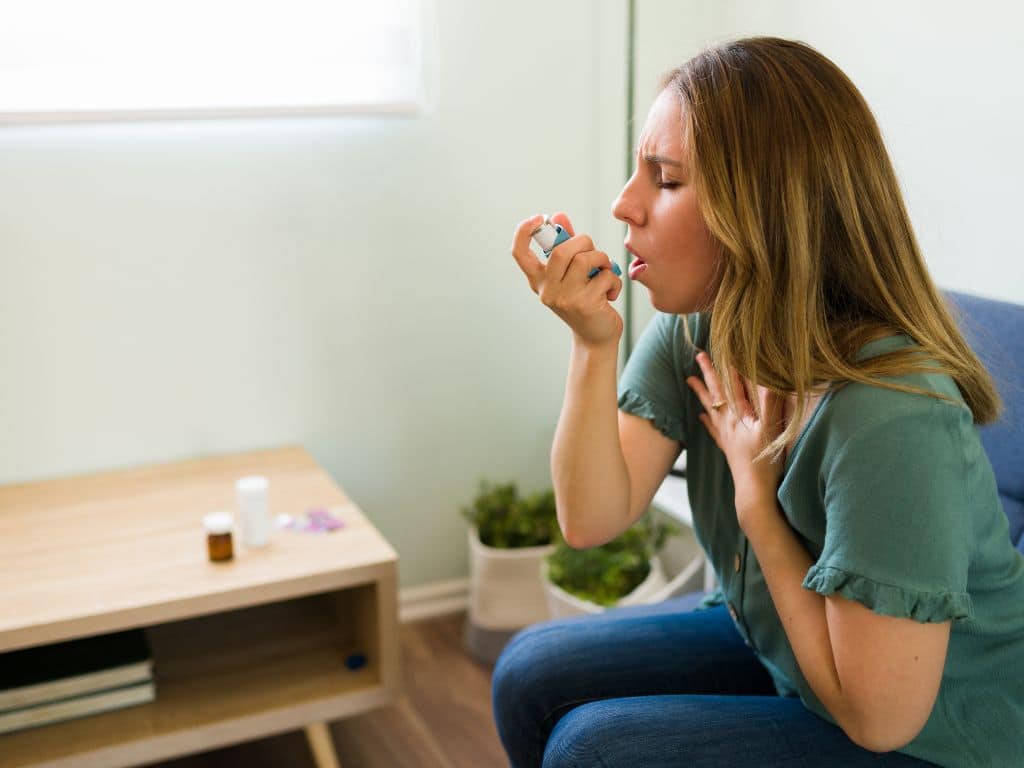
Do You Need to Schedule a Mold Removal?
As you can see, there are many signs that you may have a mold problem in your home. If you suspect that your home is contaminated with mold, it’s important to schedule a professional mold removal right away. A qualified specialist will be able to identify areas of contamination and take the necessary steps to get rid of the problem quickly and safely.
Mold Fix is here to help. We provide comprehensive mold removal and remediation services for homes and businesses in Orange County, Inland Empire, and Surrounding areas. Our team of certified technicians will assess the situation and come up with a plan for removal that is tailored to your unique needs.
Contact us today for a free estimate or to learn more about our mold removal and remediation services.


